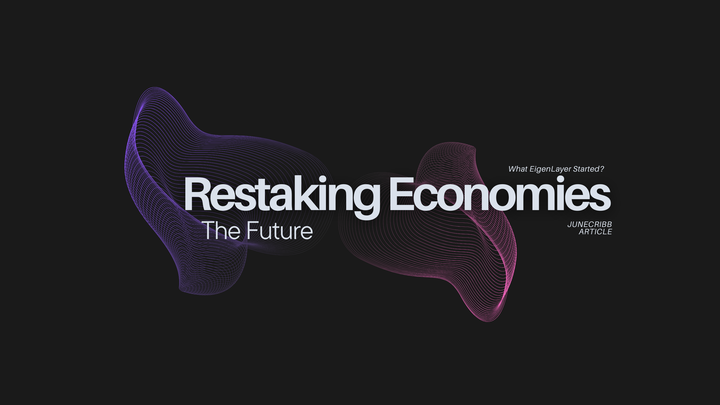Bootstrapping Liquidity in DeFi
In the world of decentralized finance (DeFi), "LIQUIDITY IS KING". It's what allows users to trade tokens, lend assets, borrow funds, and participate in yield strategies. But when a new DeFi protocol launches, it starts from zero. No users. No funds. No activity.
So how does it get its first wave of liquidity?
This critical early phase is known as "bootstrapping liquidity",the process by which a protocol attracts its initial users and deposits to kickstart functionality.
What Does Bootstrapping Liquidity Mean?
Bootstrapping liquidity refers to the methods a DeFi protocol uses to bring in its first group of users willing to deposit assets into the system. These early deposits are crucial because:
- Traders need liquidity to get fair prices with low slippage
- Lenders need borrowers and vice versa
- Yield vaults need capital to generate returns
Without initial liquidity, a DeFi protocol can’t function properly. It’s like opening a marketplace with empty shelves—no one will come unless there’s something to trade.
How Protocols Bootstrap Liquidity
To solve the "cold start" problem, DeFi teams use a variety of tactics to incentivize early participation:
- Token Incentives
Many protocols launch with their own native tokens and reward early users who provide liquidity. This could be through:
A. Liquidity mining: Earning tokens by supplying assets
B. Farming campaigns: Depositing into a pool/vaults to earn yield + project tokens
C. Reward multipliers for early participants
These incentives encourage users to take the risk of being early.
- Airdrops
Protocols may promise or retroactively deliver airdrops to users who interacted with the system during its earliest phases. This reward-based bootstrapping method helps generate word-of-mouth interest and long-term loyalty.
- Partnerships
DeFi projects often collaborate with well-known protocols, launchpads, or influencers to bring attention and credibility. These partnerships help attract strategic liquidity and amplify the network effect.
- Initial Liquidity Offers (ILO or LBP)
Some platforms use token launch events like Liquidity Bootstrapping Pools (LBPs), where token price discovery and capital accumulation happen together. These events create a fair launch environment while raising initial liquidity.
- Community Campaigns
Campaigns like “testnet quests,” early user missions, and gamified incentives can drive user activity before the protocol goes live, warming up the community to participate as soon as the mainnet launches. (Perfect example is the current ongoing monad testnet)
Why Bootstrapping Matters
Without strong liquidity from day one, a protocol may struggle to retain users or grow. Bootstrapping helps the project:
- Become usable (trades, loans, swaps can happen)
- Gain social proof and trust
- Attract developers and integrations
- Kickstart the feedback loop of more users → more liquidity → more usage
Newer protocols often go live with incentive programs designed to attract liquidity providers from other ecosystems and chains, leveraging tools like cross-chain bridges and composable DeFi integrations.
Conclusion
Bootstrapping liquidity is the foundation of any DeFi protocol’s success. Without it, even the best technology will sit unused. With it, the protocol has a chance to grow, evolve, and serve a global user base.
Whether you’re a builder launching a new product or a user looking to explore early opportunities, understanding how liquidity is bootstrapped helps you navigate the DeFi space more confidently.


Comments ()